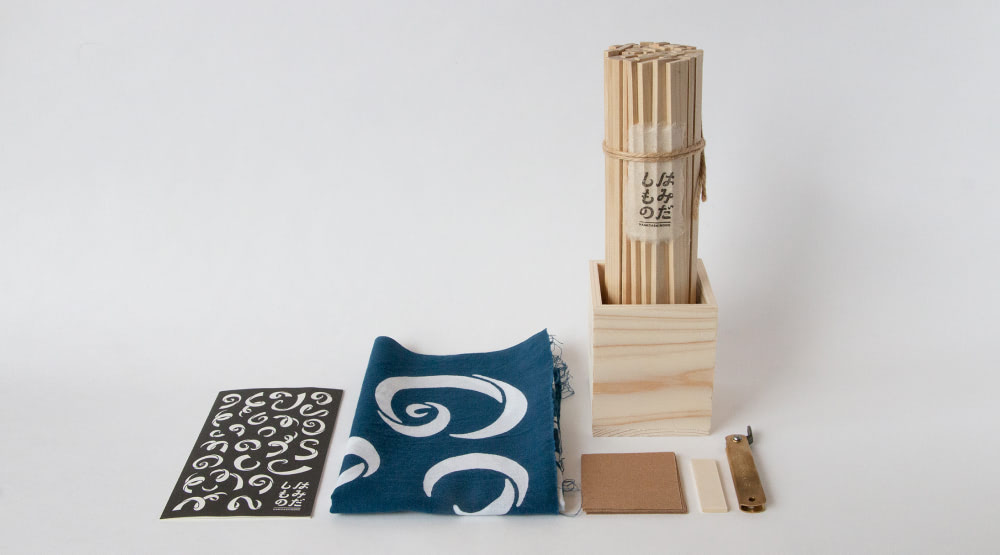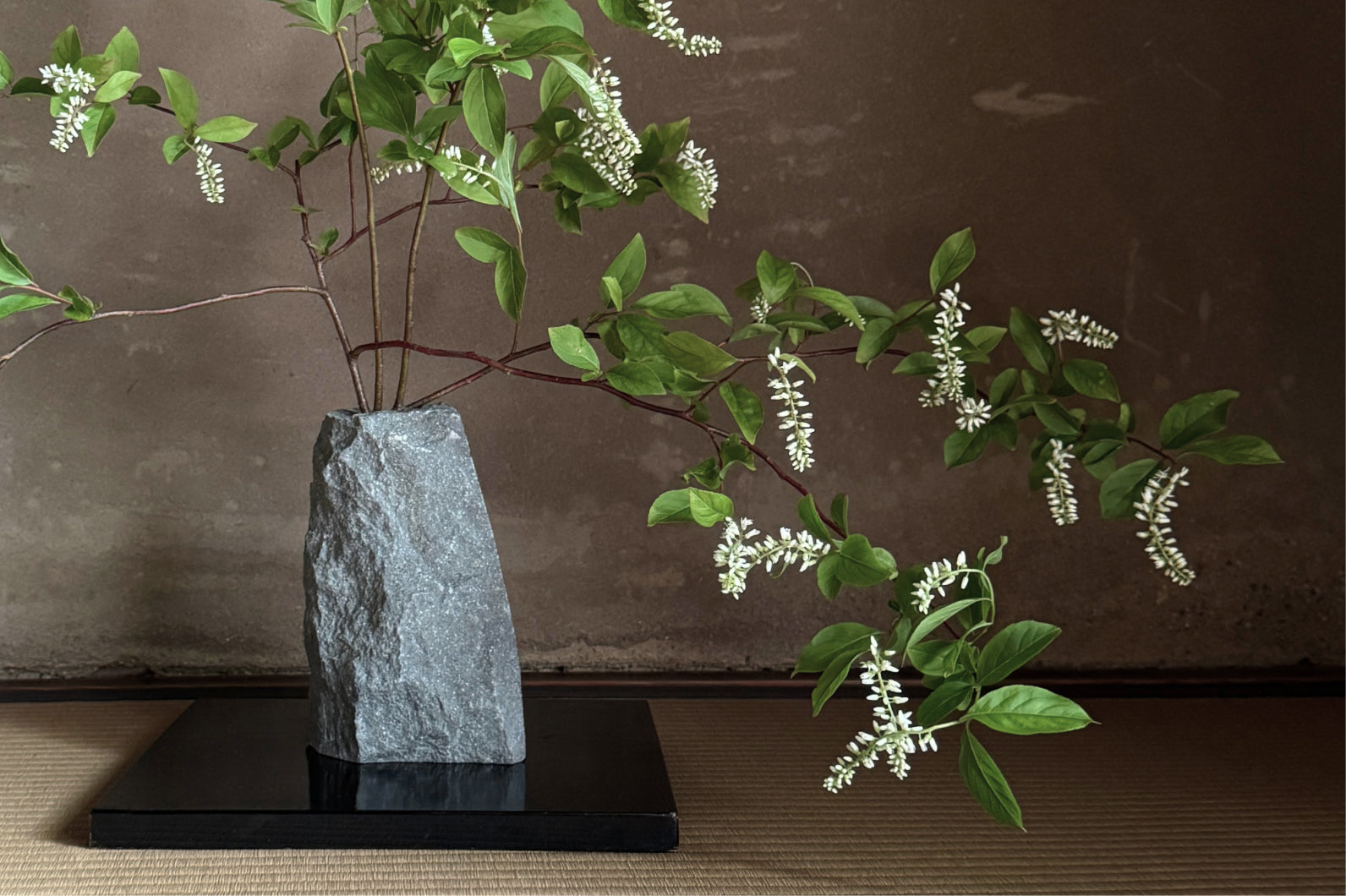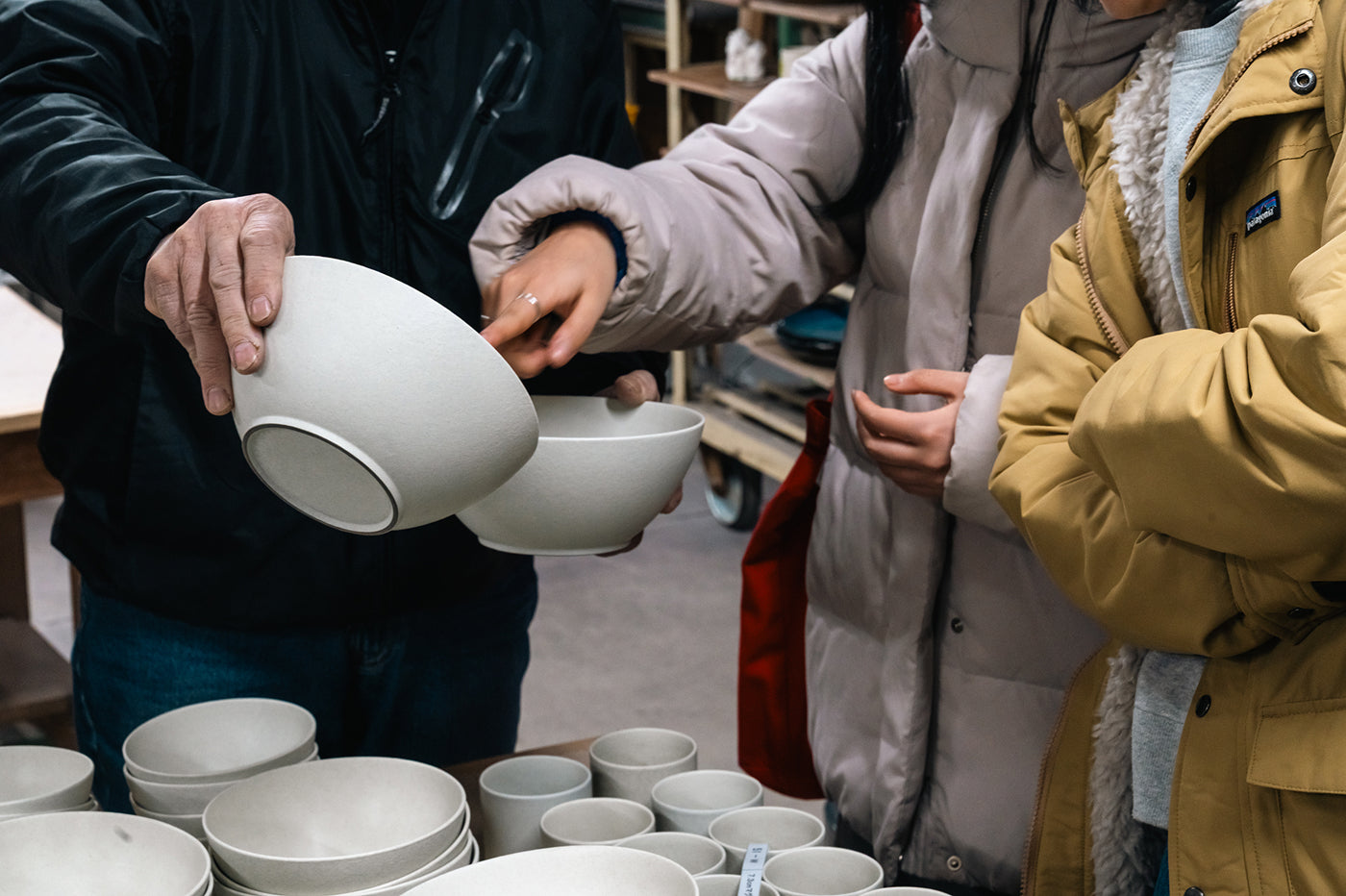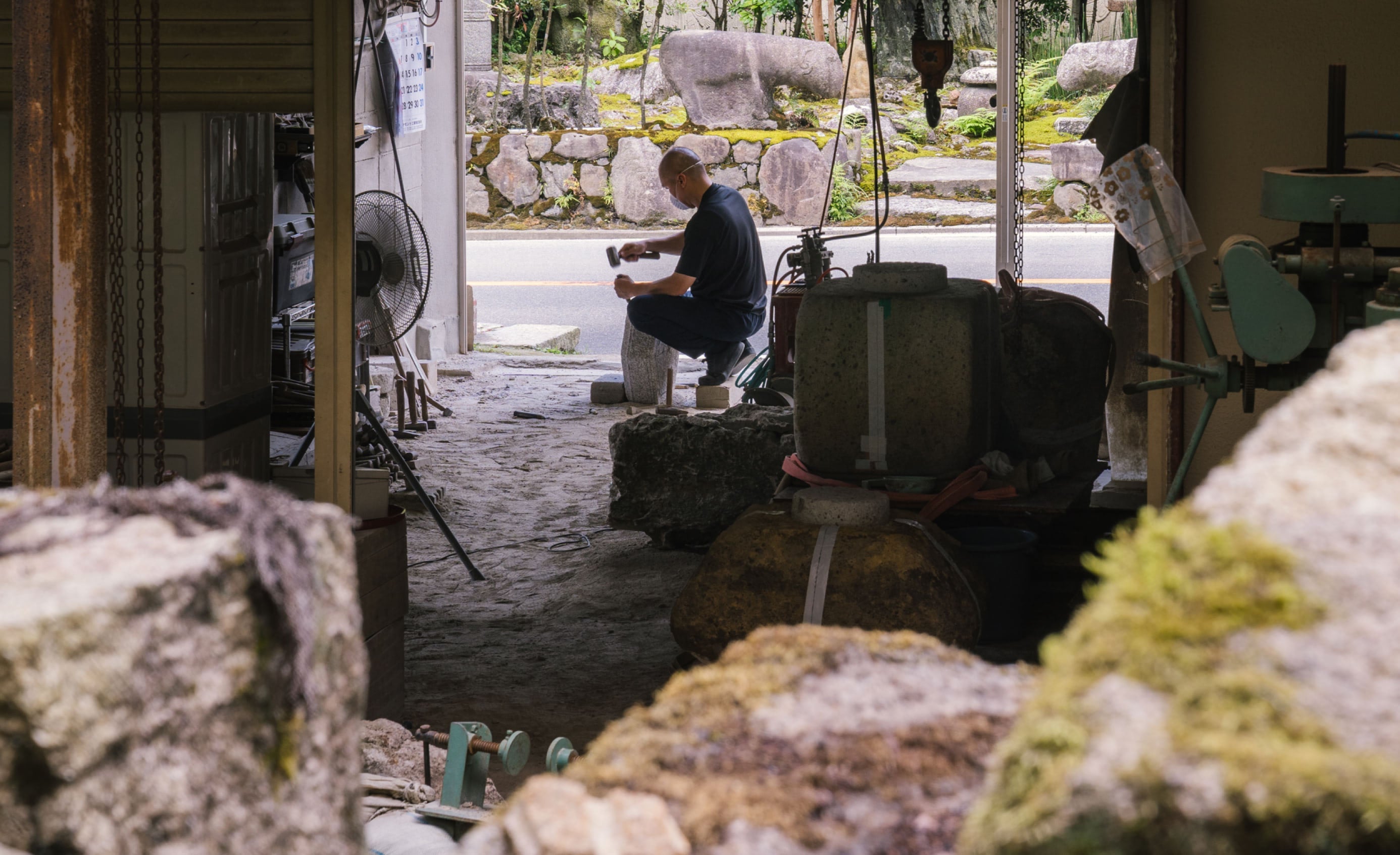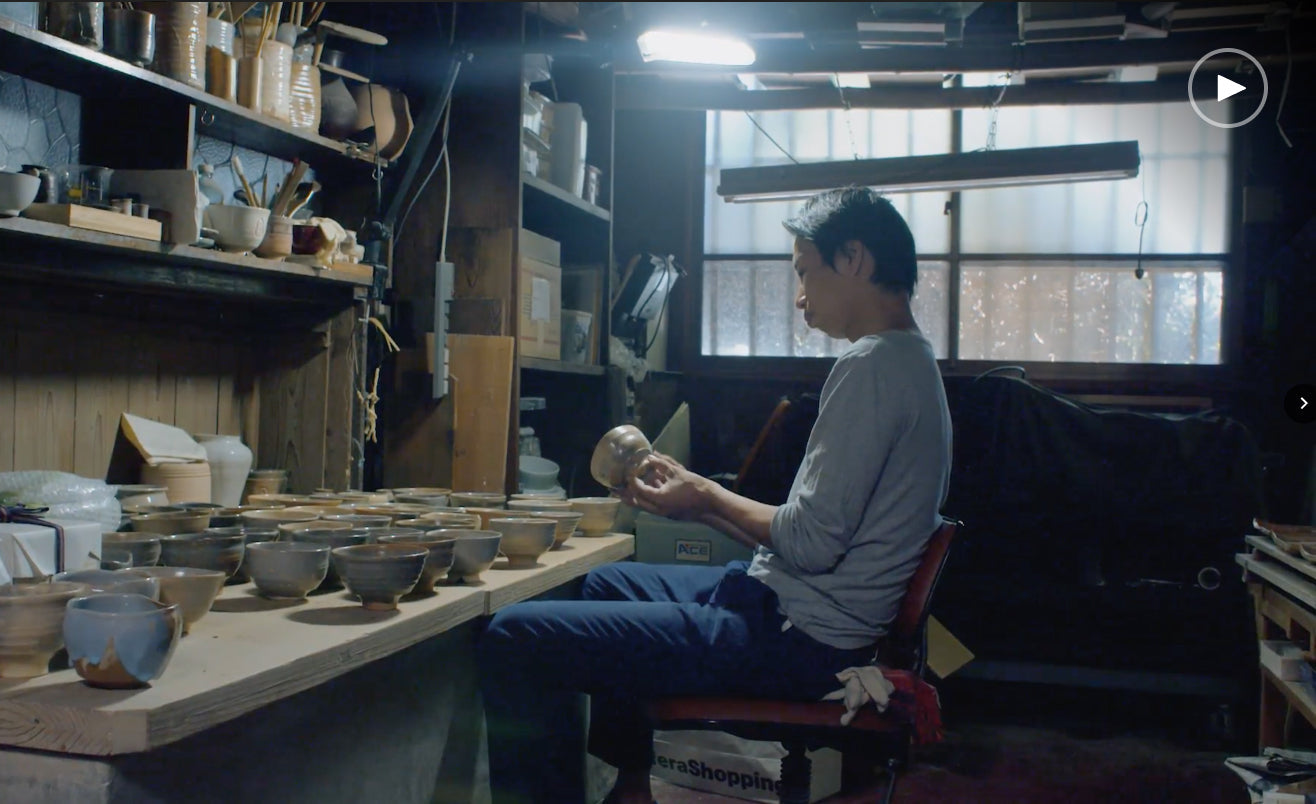Published November 27th 2019 on the former blog
A little over 2 years ago I was sitting at a table in the countryside of Japan, specifically Hida Furukawa, whittling chopsticks out of a “Hamidashimono” aka wood left-over with people on my left and my right that have now become close friends.

Most likely what many of us would have done if we didn’t have the chopsticks to work on was to awkwardly sit by ourselves or maybe stare at our phones. Having these “hamidashimono” kit laying on the table ended up being not only relaxing but also a great way to start connecting with each other.


Since then Jan Chipchase who was co-leading the retreat has partnered up with two talented creatives James Gibson and Eko Hayashi to create this delightful chopstick making kit very much inline with what Pieces of Japan is about which comes across in this intro:
For more than a hundred years wood left-over from Japanese home construction has been upcycled to make disposable chopsticks. Working with local craftspeople we are upcycling premium wood from the chopstick factory to launch Hamidashimono #1: the izakaya-grade chopstick making kit.
It takes as little as fifteen minutes to make a pair of chopsticks, a perfect activity to do with your dinner guests or with your team as an ice-breaker exercise. My favorite side-effect of carving these is the relaxing cypress aroma that reminds me of Japanese onsen vacations.




The set is $75.00 and includes
- 50 x Hamidashimono
- 1 x Higonokami Superior Brass whittling knife
- 10 x #240 grade sandpaper
- 1 x cedar chopstick holder, ideal for displaying
- 25 x Ue Washi Koubou hand made paper bands for wrapping chopsticks prior to use
- An indigo dyed tenugui
If you’d like to gift it to someone, you can get it wrapped in this beautiful high-grade washi paper with a classic crane motif.
All wood comes from sustainable forests near Yoshino, Nara, in the heart of Japan’s timber country.

You can purchase the set directly on their website.
The name of the product Hamidashimono #1 suggests there will be more coming soon! You can get notified about new launches by signing up for their newsletter at the bottom of the page.


